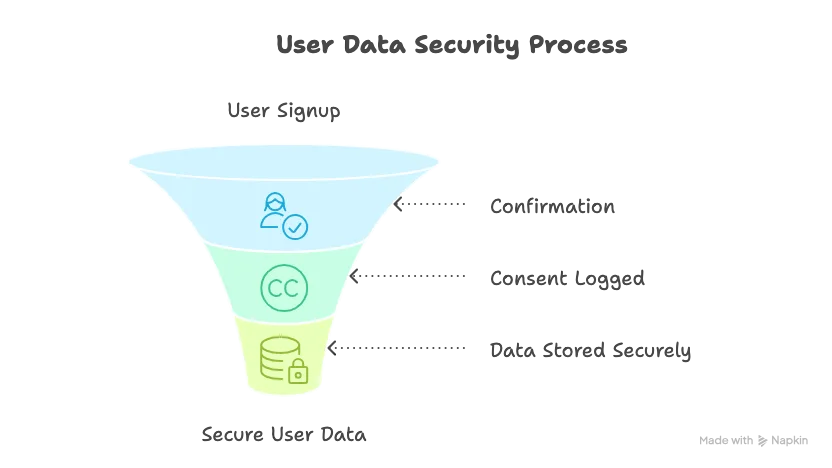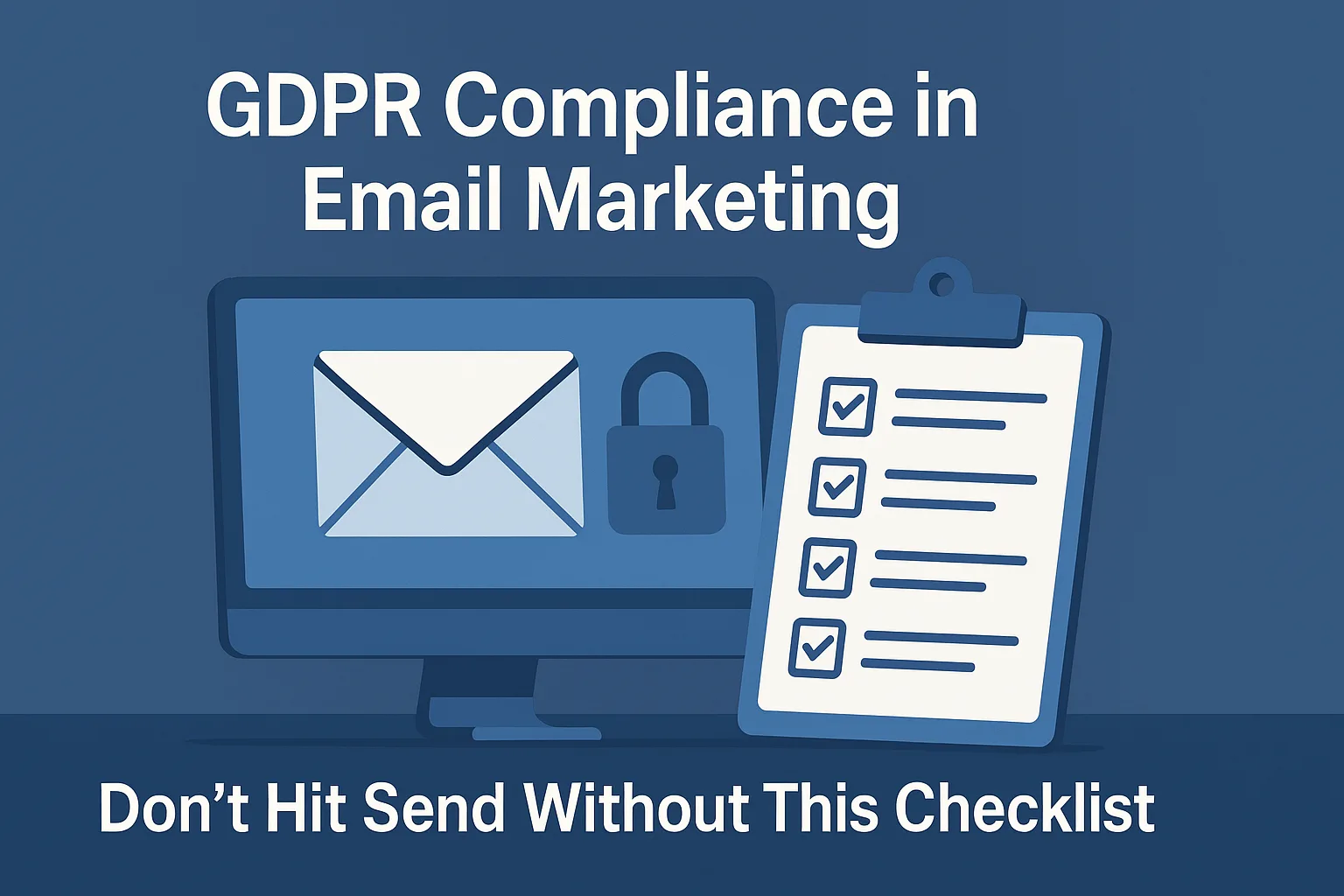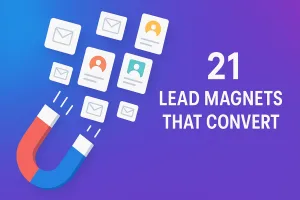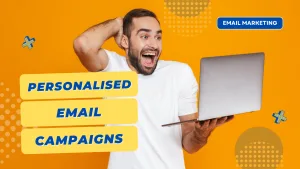Email Marketing Without Compliance Is a Legal Minefield
If you are ignoring GDPR, then your Email Marketing business might be in danger. Email marketing is one of the most powerful tools in your business arsenal.
But with great power comes great responsibility—especially when it comes to handling personal data.
Since the introduction of the General Data Protection Regulation (GDPR), marketers & entrepreneurs have had to rethink how they collect, store, and use email data.
In this blog, we’ll break down GDPR compliance in email marketing so you can send smarter, safer, and fully legal campaigns – without attracting trouble.
What is GDPR – and Why You Should Care About It?
GDPR (General Data Protection Regulation) is a comprehensive data protection law introduced in the European Union in 2018. It governs how any business collect, store, and use personal data of their visitors/customers – including email addresses.
Why GDPR Matters for Marketers:
- It applies to any business marketing to EU citizens – even if you’re based elsewhere in the world.
- Violations can result in fines up to €20 million or 4% of global turnover.
- It sets clear rules for how consent must be obtained and honored.
Bottom line: If you’re collecting emails, you need to follow GDPR. And it’s pretty important, you cant ignore it anymore.
Key Principles of GDPR Compliance in Email Marketing
Let’s break down the core rules every marketer must follow to stay compliant and build trust with their audience.
1. Consent Must Be Freely Given, Specific & Informed
Your Email Subscribers must actively agree to receive emails. No more pre-ticked boxes or auto-opt-ins. It is considered illegal as per GDPR Laws.
Best Practices:
- Use clear language: “Subscribe to get weekly marketing tips”
- Don’t bundling email signups: Don’t combine newsletter signup with other offers
- Keep the proof of consent (timestamp, method, etc.)
2. Always use Double Opt-In
While not legally required, double opt-in is GDPR’s best friend. And it will help you deliver emails in your prospects inbox. It’s a win – win.
It will help you in many ways, such as :
- First it confirms that the subscriber owns the email
- It helps you maintain proof of clear consent
- It reduces spam complaints
- Double opt-in is great way to generate traffic too – Make sure to include links once double optin is performed, like on the double opt-in thank you page add your links to your website.
Example Flow:
- User enters email →
- Receives confirmation email →
- Clicks confirm →
- Gets added to your list
- Optional – Sees your CTA to visit your website (free traffic)
3. Make Unsubscribe Super Easy
Under GDPR, unsubscribing must be simple and fast.
Make sure to Include this in every email you send after Double optin-in:
- A clear unsubscribe link – clearly visible, can be included in the header and footer both. Also do check if top email provides such as google, Yahoo can easily read it programmatically. This is usually taken care by your email platform, but best to check if everything is set propely.
- Give them ability to manage email preferences –
- No hidden links or hard-to-find buttons
4. Make Sure To Be Transparent in Your Privacy Policy
Your website or app must have a GDPR-compliant privacy policy that includes following items:
- What data you collect
- Why you collect it
- How you store and protect it
- How users can access, edit, or delete their data
Pro Tip: Always Link to your privacy policy from email forms and footer sections. Best to generate GDPR policy document as well.
5. Honor Data Subject Rights Promptly
Under GDPR, your subscribers can:
- Request a copy of their data
- Ask for deletion (“Right to be forgotten”)
- Withdraw email or data consent at any time
Make sure your systems are flawless and your team are ready to respond to such requests quickly. Best to use One-click unsubscribe for emails and apps.
6. Choose GDPR-Compliant Email Service Providers
there are several GDPR Compliant Email Marketing Tools in the Market that you can use. Some of the Popular tools are:
- MailerLite
- ActiveCampaign
- ConvertKit
- Mailchimp
- Moosend (I use this)
All of these email marketing services offer GDPR-friendly features like consent checkboxes, subscriber logs, and unsubscribe automation.

Case Study: How an Ecom Brand Regained Trust with GDPR-Compliant Emails
Brand: EcoThrive Organics (EU-based e-commerce)
Problem: Faced complaints after importing old list without consent
Solution:
- Wiped the list and started fresh with double opt-in
- Rewrote their privacy policy
- Added checkboxes to all signup forms
- Sent re-permission campaign to old subscribers
Results:
- Fewer unsubscribes
- Higher open and click rates
- Stronger brand trust and engagement
Quick GDPR Email Checklist Before You Hit “Send” for any Email Campaign
| Item | Done? |
|---|---|
| Subscriber gave informed, unbundled consent | ✅ / ❌ |
| You’ve documented consent with timestamp | ✅ / ❌ |
| You’re using double opt-in (recommended) | ✅ / ❌ |
| Privacy policy is linked and clear | ✅ / ❌ |
| Unsubscribe link is easy to find | ✅ / ❌ |
| Email platform supports GDPR compliance | ✅ / ❌ |
Here Are Mistakes to Avoid With GDPR
- Pre-ticked consent boxes
This is illegal under GDPR. Always use opt-in, not opt-out. - Buying or scraping email lists
Major GDPR violation. Only use organically collected emails. - Ignoring non-EU subscribers
Even if someone might be in the EU, it’s safer to follow GDPR universally. - No unsubscribe option in emails
This can lead to heavy fines and blacklisting. - Not updating your privacy policy
Keep it current and relevant to your email practices.
Conclusion: Compliance = Trust + Performance
GDPR isn’t just a legal hoop to jump through – it’s a trust builder. And when your subscribers trust you, they read, they click, and they buy from you.
By following these steps for GDPR compliance in email marketing, you not only avoid fines – you create a better, more respectful relationship with your audience.








There is definately a lot to find out about this subject. I like all the points you made